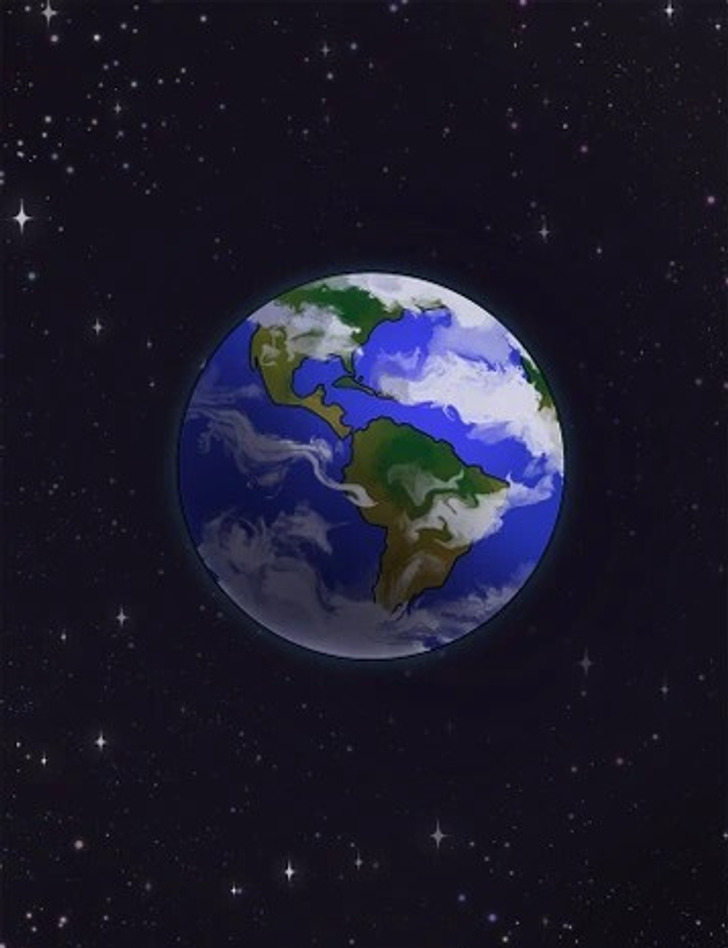15+ Confusing Setups That Can Make Anyone Turn Red

Have you ever wondered what your neighborhood looked like millions of years ago? What if you could travel back in time and see the ancient landscapes and creatures that inhabited the Earth before humans? Well, now you can, thanks to a new interactive map that lets you plug in your address and see how it has changed over the past 750 million years. You might be surprised by what you find!
About 240 million years ago, the land which includes the National Mall was part of a supercontinent called Pangea. Pangea was a vast landmass that covered almost all of the earth and was very different from our current planet. Fortunately, with a new interactive map release, we can now compare the current political boundaries with the ancient geological formations, dating back to 750 million years ago. This allows us to visualize how the land has changed over time and understand the evolution of the earth’s geography.
The findings are fascinating: In the early Triassic epoch, the National Mall in Washington, D.C. was situated very close to Mauritania, with no separation yet from the Northwest African nation due to the immense Atlantic Ocean. This suggests a vastly different landscape of the earth and demonstrates how much the world has changed over millions of years.
Ian Webster, curator of the world’s largest digital dinosaur database, created Ancient Earth, the remarkable tool that allows users to visualize the changing landscape of our planet over the past 1.1 billion years. He drew on data from the PALEOMAP Project, led by paleogeographer Christopher Scotese, which tracks the evolution of land and sea distribution over time. The interactive map offers 26 timeline options, enabling users to select a specific date, ranging from zero to 750 million years ago, for any location on Earth. The Cryogenian period is the farthest point in time to which one can travel, with intervals ranging between 15 million to 150 million years.
George Dvorsky of Gizmodo reports that Ancient Earth offers several helpful features, including toggle display options for globe rotation, lighting, and cloud coverage. Descriptions of chosen time periods appear on the bottom left corner of the screen, while a dropdown menu at the top right allows users to jump to specific milestones in history, from the arrival of Earth’s first multicellular organisms about 600 million years ago to the emergence of early hominids around 20 million years ago.
To switch between time periods, users can either select from the dropdown menu or use their keyboard’s left and right arrow keys.

In a comment posted on Hacker News, Ian Webster expresses his amazement that geologists have collected enough data to plot his home 750 million years ago. However, he cautions that the visualizations provided by Ancient Earth are only approximations, despite the precise results returned by plate tectonic models.
Webster acknowledges that it is impossible to prove the correctness of the models, and that the results can vary significantly. He chose the particular model used in Ancient Earth because it is widely cited and covers the greatest length of time.
Here are more intriguing facts about the world we live in:











